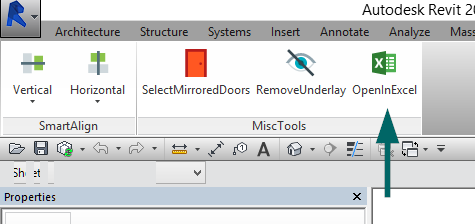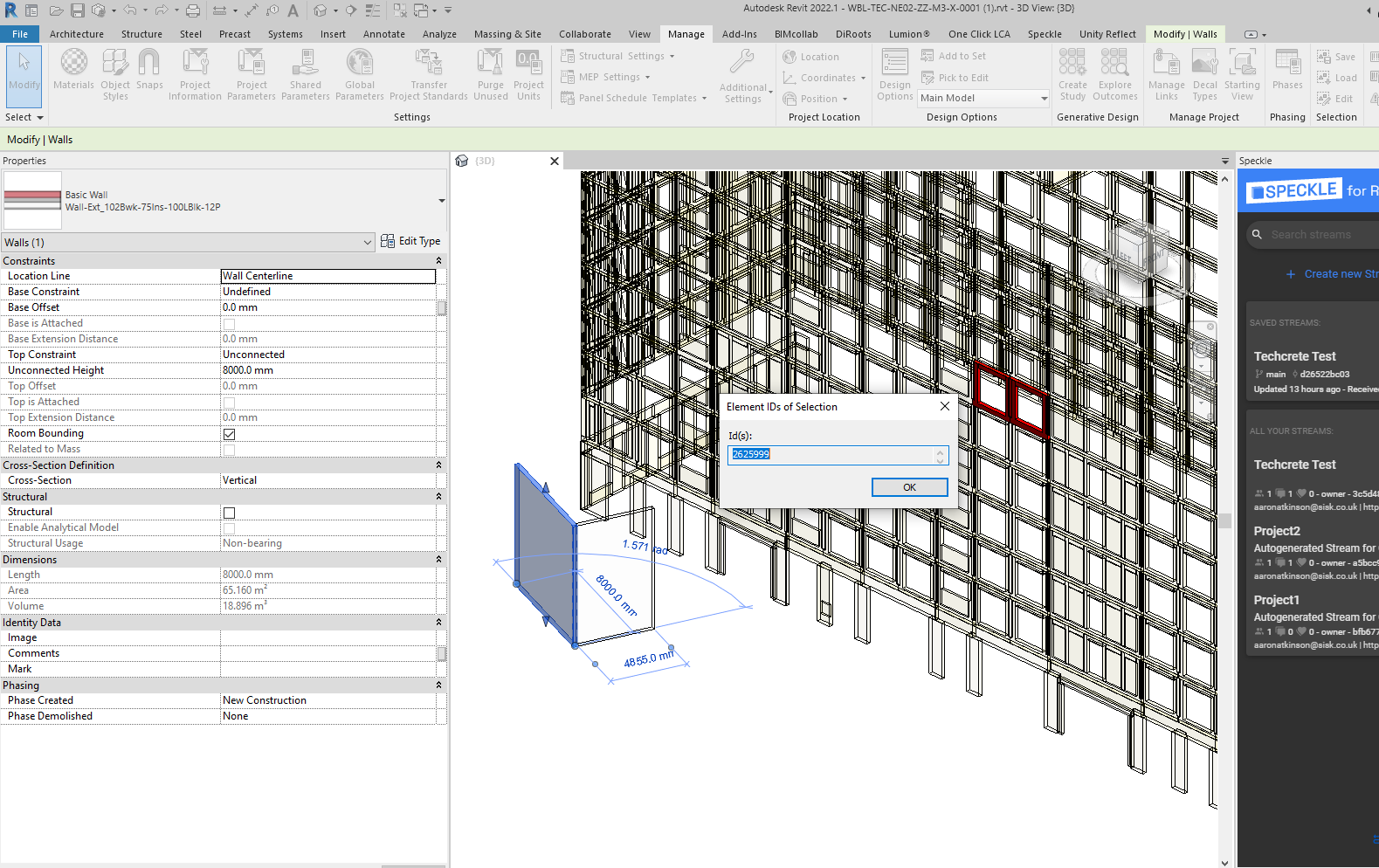Revit Tool Choice for Streamlined Modeling and Style
Wiki Article
Mastering the Art of Information Integration: Just How to Seamlessly Import Excel Files Into Revit
Are you battling to import Excel files into Revit efficiently? Look no more! In this article, we will certainly direct you through the procedure of grasping the art of information assimilation. Discover the value of seamless assimilation in Revit and explore the Excel file style for Revit combination. Prepare to prepare your Excel data easily and follow our step-by-step guide to import data into Revit. With our best techniques, you'll attain data assimilation success in no time. Allow's obtain begun!Recognizing the Value of Information Assimilation in Revit
Understanding the value of data combination in Revit is important for smooth importing of Excel files. It permits you to efficiently handle and upgrade information throughout the entire task when you integrate information from Excel into Revit. This integration makes sure that your layout and building procedure is current and exact.By integrating data, you can conveniently import and upgrade specifications, schedules, and also geometry in Revit. This removes the need for hands-on data entry, saving you time and lowering the threat of mistakes. With Revit's data combination capacities, you can preserve consistency and accuracy in your task, while likewise boosting collaboration among employee.

Exploring the Excel Documents Format for Revit Combination

In order to successfully integrate Excel data into Revit, it is critical to make sure that the information is formatted properly. This includes effectively identifying columns and rows, along with structuring the information in such a way that works with Revit's information schema. Revit utilizes details criteria and groups to arrange data, so it is necessary to straighten the Excel data with these specifications to guarantee a smooth combination.
Furthermore, it is necessary to keep in mind that Revit only supports particular information kinds when importing from Excel. These consist of message, numbers, and days. Any various other information types, such as solutions or conditional formatting, will not be acknowledged by Revit and might cause issues during the combination process.
Preparing Your Excel Information for Seamless Import Into Revit
To guarantee a smooth assimilation process, you'll require to correctly format and tag the columns and rows in your Excel data prior to importing it right into Revit. Begin by examining your Excel data and recognizing which rows and columns consist of pertinent details for your Revit task.Next, make certain that the information in each column is properly formatted. If you have a column for measurements, make certain that all measurements are regularly formatted in the same units of measurement. Revit depends on regular format to accurately analyze and import information.
Additionally, it is crucial to check for any empty cells or disparities in your information. Revit might not have the ability to check out or import data from cells that are vacant or consist of errors. As a result, it is advised to examine your Excel information and tidy up any kind of incongruities prior to importing it right into Revit.
Step-By-Step Overview to Importing Excel Record Into Revit
As soon as you've effectively formatted and labeled your Excel information, you can easily import it right into Revit by following this detailed guide. To start, open Revit and browse to the "Insert" tab. Click "Import CAD" and choose "Import Excel" from the dropdown food selection. A brand-new home window will show up, asking you to find the Excel documents you wish to import. Search your computer system and select the Excel data, after that click "Open."Next, a dialog box will certainly show up, permitting you to tailor the import setups. Here, you can choose the worksheet you intend to import, specify the variety of cells to import, and choose the suitable systems for your information. As soon as you've made your options, click "OK" to continue.
Revit will now present a sneak peek of your Excel data. Take a minute to make sure and assess the preview that every little thing looks proper. If needed, you can make changes to the import setups by clicking on the "Setups" switch.
Finest Practices for Information Combination Success in Revit
Make sure you follow these finest techniques to make sure effective integration of data in Revit. It is important to organize your data in Excel prior to importing it right into Revit. Be conscious of the systems and data types when mapping the information, as any website link disparities can lead to mistakes in the integration process.Another essential technique is to on a regular basis verify and update your data. In addition, make usage of data recognition tools within Revit to determine any kind of mistakes or variances in the integrated data.
Last but not least, it is recommended to develop a clear process for data assimilation. This includes specifying functions and responsibilities, establishing an interaction network in between employee, and developing a routine tempo for data updates and evaluations. By adhering to these ideal techniques, you can ensure a effective and smooth combination of data in Revit, eventually enhancing the efficiency Discover More and accuracy of your task.
Verdict
In verdict, understanding the art of data integration is crucial for seamless import of Excel submits right into Revit. Recognizing the significance of information combination in Revit is the very first action in the direction of successful assimilation. Discovering the Excel documents style for Revit assimilation assists in comprehending the requirements and constraints. Preparing the Excel information properly and complying with a detailed guide is crucial for a smooth import procedure. By complying with best practices, you can guarantee information assimilation success in Revit and make the most out of your job.When importing data from Excel right into Revit, it is essential to recognize the data style and exactly how it can affect the integration process (revit tools). Revit utilizes specific criteria and groups to arrange data, so it is crucial to straighten the Excel information with these criteria to guarantee a smooth integration
Be conscious of the systems and information kinds when mapping the information, as any discrepancies can lead to mistakes in the assimilation procedure.
Additionally, make usage of data recognition devices within Revit to determine any errors or inconsistencies in the integrated data.

Report this wiki page